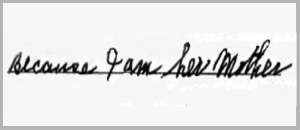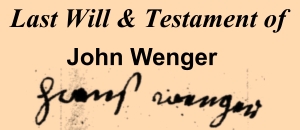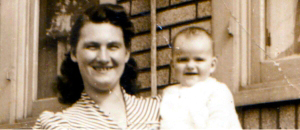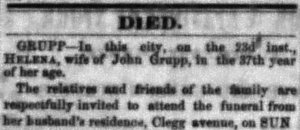(Garrison family)
Have you ever wondered if your ancestor fought in the American Revolution? Many times there are family stories of great-grandfather so-and-so serving with General Washington or taking part in a certain battle. Sometimes these stories are passed from one generation to the next in the oral tradition, while others are “written in stone” in the form of an epitaph on the grave marker or on a cemetery memorial. However, the quickest way to confirm if your ancestor was a Patriot is through the on-line databases on the Daughters of the American Revolution (DAR) web site. The Sons of the American Revolution (SAR) also offers an on-line database of Patriots, but includes many “not evaluated” records.
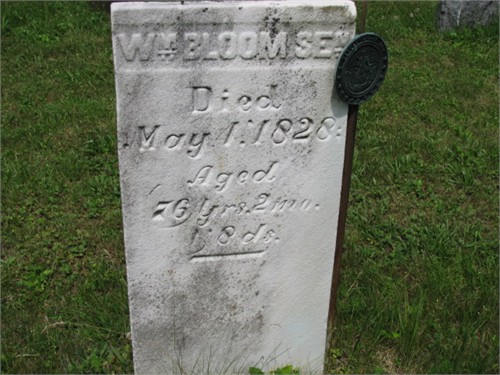
I have checked the names of all of my Revolution era ancestors in both databases. Several of my ancestors appear in the databases. A few of my ancestors appear in the DAR database with a red flag, indicating further work is needed. The red flag indicates that there is a problem, either with the person’s service record or with the lineage. For me the red flag means that the persons status as Patriot needs to be verified. This is a tougher task than verifying lineage. So far I haven’t been able to locate any “acceptable” sources documenting my flagged ancestors. There are no records of service for them in the National Archives or the state archives in New Jersey and Pennsylvania. All I have found, to date, are county/town histories, written during the 1800s, claiming Patriot status, or cemetery memorials proclaiming their service.
Over the years the DAR have evaluated their criteria of what is acceptable to establishing a person as being a Patriot. (A “Patriot” is a person who either served in the Navy, Continental Army or a state militia; a person who signed a loyalty oath; a person who was documented as providing aid and support to the cause.) Secondary sources, such as history books without citation, are no longer accepted. So, even though a person’s great aunt may have been a member of DAR, the person would now have to prove their ancestor a Patriot before joining.
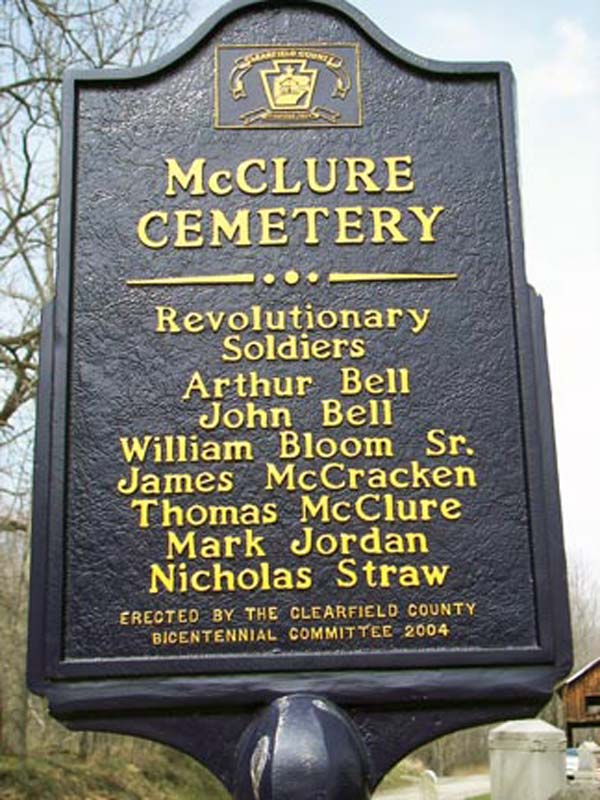
For Patriots without the red flag all that is needed is to establish lineage, through documentation. If you are lucky some of your line has already been proven by a past applicant. Such is the case with my 5th-great grandfather Dielman Daub. Some other person established Dielman as a Patriot and documented their lineage. Some of that lineage is shared by me, meaning I only had to prove my line to my 3rd-great grandfather. For some of those listed below the task is more daunting. Some of the proofs needed are from the early 1800s. Complicating matters is that some of the church records from that period are in German.
The red flag does not make the application useless. Even if you can’t establish the ancestor’s Patriot status, the lineage listed in the application has been proven. More importantly, the lineage has been proven through documentation. Each milestone — birth, marriage & death — has a citation of the source. This means you know exactly where to find a copy of your ancestor’s record.
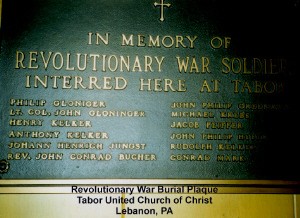
Patriots in my line that only need lineage documented:
- Henry Light [Heinrich Leicht] (1737/38-1806) PA Militia
- Henry Light Jr. [Heinrich Leicht Jr.] (1760-1830) PA Militia
- Fredric Stager [Steager] (1760-1824) – PA Militia
- Martin Funk [Funck] (1732-1796) – PA Militia
- Johann Heinrich Juengst [Jungst] [Yingst] (1736-1810) – PA Militia
(flagged) Ancestors that need Patriot status confirmed:
- William Bloom (1752-1828) – PA Militia
- Conrad Pickle (1732-1801) – NJ Militia
- Johann Phillip Mettler (1724-1783) – NJ Militia
Ancestor only found in the SAR database:
- Christian Wenger (1756-1841) Service Unknown, listed in a PA Revolutionary War Graves book.
(The names are some indication as to just how German my ancestors were!)
During the past couple months a database of DAR applications, from 1889-1970, was added to Ancestry.com. All the names on the applications have been indexed and images of the applications are available. Previously, applications had to be ordered through DAR for a fee of $10. The availability of these resources may spur a growth in membership in the DAR/SAR. With a little luck, some of the new members may provide information needed to prove the service, or lineage, of one of my ancestors.

